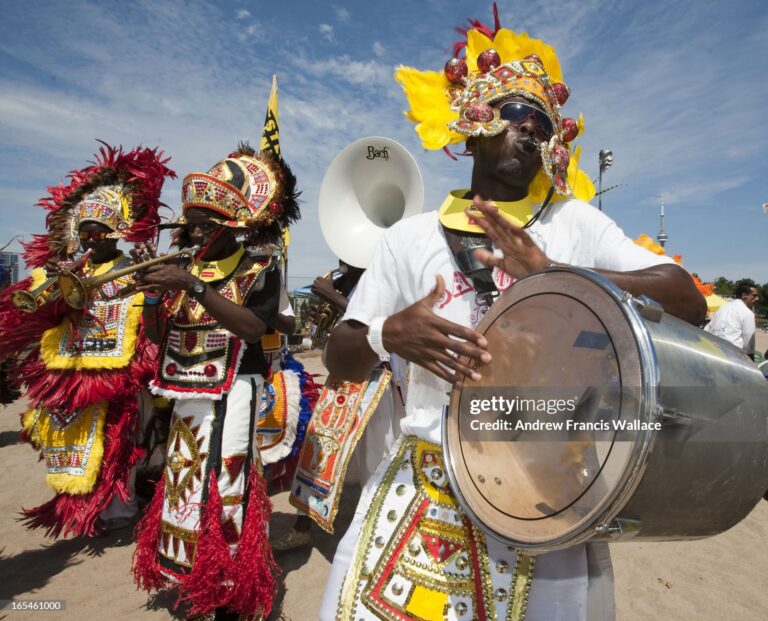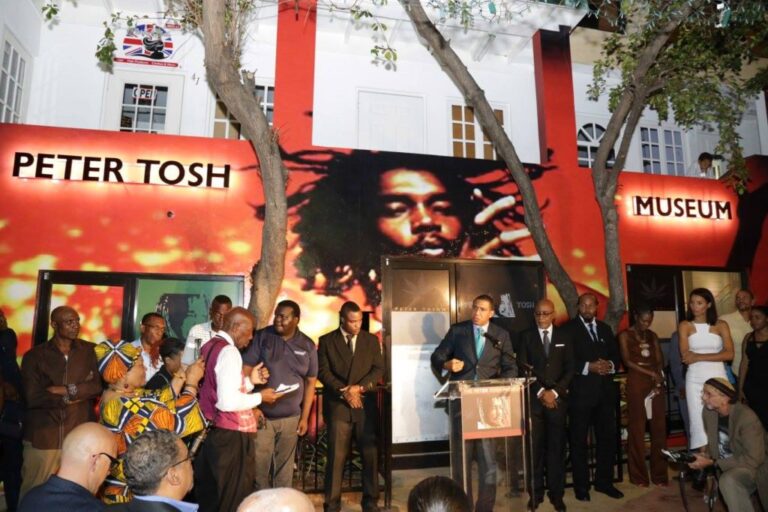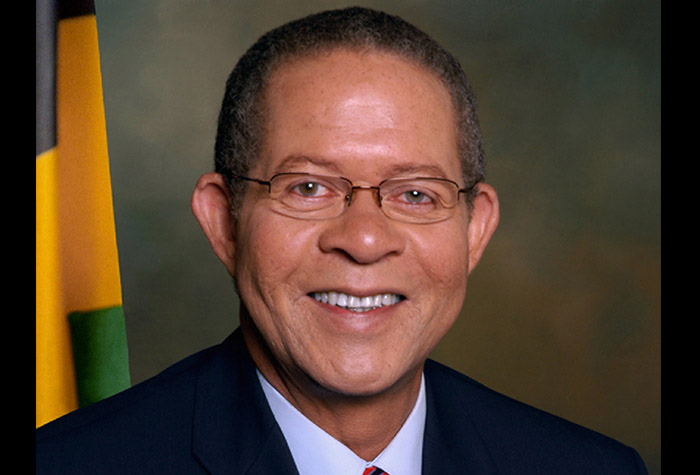If you’ve ever spent Christmas in Jamaica, you might have been startled by the sight of wild, masked figures running through the streets, the pounding of drums echoing in your ears, and the sharp, piercing sound of a fife filling the air. Your first instinct as a child might have been to run and hide—but don’t! These fearsome yet fascinating characters are an essential part of Jamaica’s Christmas tradition. They are the Junkanoos, the heart of a unique and vibrant masquerade that has been celebrated for generations.
The Origins of Junkanoo
Junkanoo is deeply rooted in African heritage and dates back to the days of slavery. Historians believe the tradition was inspired by African festivals and was brought to the Caribbean by enslaved Africans. It is thought that the name “Junkanoo” comes from “John Canoe,” a West African leader who resisted European control. In Jamaica, enslaved people were allowed time off during Christmas to celebrate, and they did so by donning masks, dressing in colorful costumes, and dancing to the beat of drums and fifes. This tradition has lived on, evolving over time into a cherished cultural event.
The Spectacle of the Junkanoos
The Junkanoos are a sight to behold! Dressed in elaborate costumes made of cloth, paper, and other materials, they parade through the streets, moving rhythmically to the hypnotic beats of drums. Their faces are covered with masks, adding an air of mystery and excitement. Some of them carry devil’s forks—tridents that give them a mischievous and slightly frightening appearance. But despite their eerie look, Junkanoos are not meant to scare (too much!); they are part of the joyous celebration that brings communities together.
The music is an essential part of the Junkanoo experience. The deep, resonating drumbeats create a rhythm that is impossible to ignore, while the high-pitched sound of the fife adds an unmistakable Caribbean flair. Spectators line the streets to watch the lively procession, laughing, dancing, and sometimes even joining in on the fun.
Junkanoo Today: A Celebration of Culture
Although Junkanoo has its roots in the past, it remains a vibrant tradition in Jamaica today. The masquerade has become a symbol of resilience, creativity, and cultural pride. It is a reminder of the strength of the African ancestors who, even in the darkest of times, found ways to celebrate and express themselves.
In some parts of Jamaica, Junkanoo parades are a highly anticipated Christmas event. Whether in small rural towns or bustling cities, the spirit of Junkanoo brings people together. Tourists and locals alike eagerly await the spectacle, enjoying the pulsating energy, colorful costumes, and rich cultural history that make Junkanoo such a special part of the holiday season.
So, the next time you hear the booming of drums and the piercing call of the fife during a Jamaican Christmas, don’t be afraid. Step outside, embrace the excitement, and experience the magic of Junkanoo—a time-honored tradition that continues to bring joy, music, and celebration to the holiday season.
Further Reading
- 40 Facts About Jamaica: For Kids, Fun Facts About Jamaica, Sports, Nature, Food, Culture, Continent & More
- The Story of the Jamaican People
- The Mother of Us All: A History of Queen Nanny, Leader of the Windward Jamaican Maroons
- The Dead Yard: A Story of Modern Jamaica
One love One heart One people











